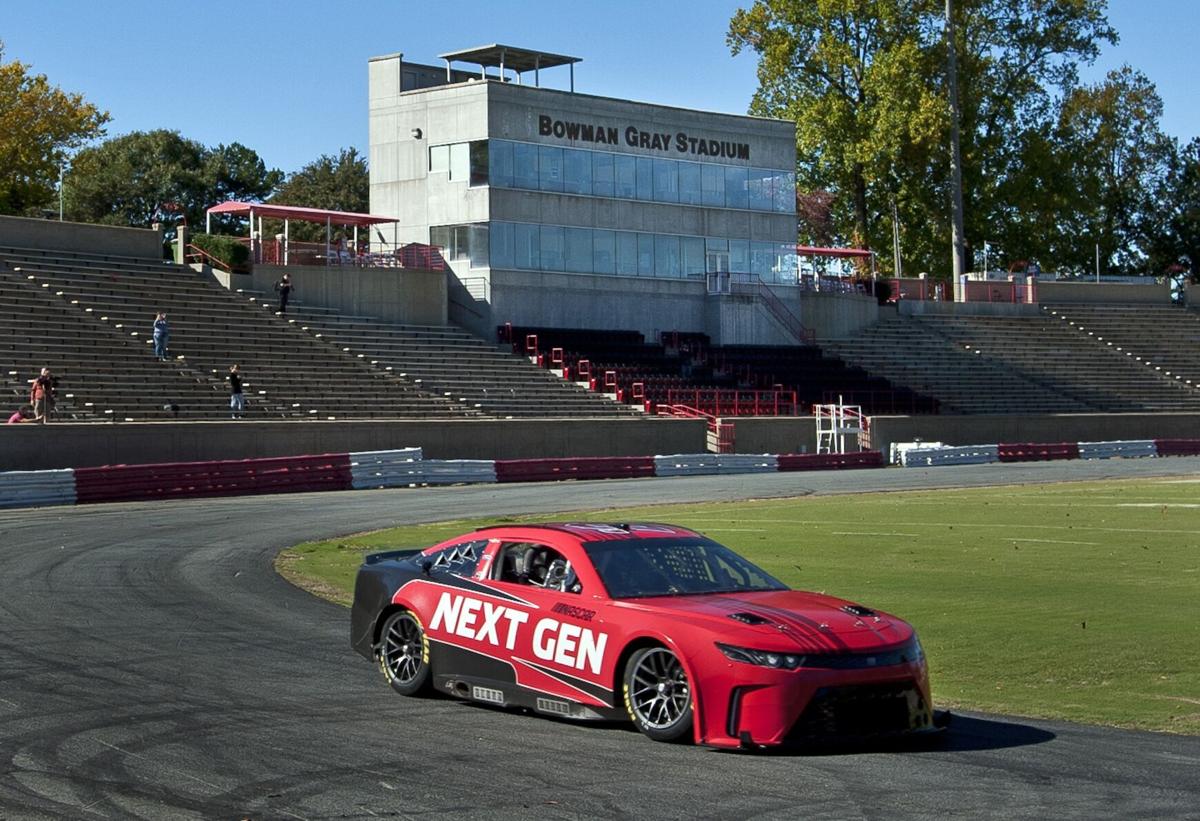NASCAR: Drivers concerned about Next-Gen car safety
In the debut season of NASCAR’s Next Gen Cup Series car, drivers have noted that certain crash impacts have been particularly jarring.
“I feel like my jaw was like one of those boxers that gets his whole face demolished,” said Denny Hamlin, one of the victims of a 13-car wreck last Sunday at Daytona International Speedway.
Rear impacts with the Next Gen car are the primary concern, and NASCAR is looking at a variety of solutions to ameliorate the issue.
Officials from the sanctioning body met with Cup drivers and teams throughout the design and development process for the Next Gen car. Crash tests were conducted first with simulations and then with physical tests involving parts of cars, half-cars and eventually full vehicles.
“When we discussed it with the drivers and the teams, we essentially said that in right-frontal impacts and right-lateral impacts, right-side impacts and left-side impacts, we expected the experience to be approximately the same as they’ve had in the past (with the Gen 6 car),” said John Patalak, managing director, safety engineering at NASCAR.
“In frontal impacts, the Next Gen [data] shows to perform a little better… In rear impacts, we didn’t have as much space available to us as we did in Gen-6 for crush. We wanted to be sure we were not going to have fires or fuel cell damage during rear impacts. So we were a little bit limited, and we talked to drivers about that in 2021, and also the teams.”
NASCAR maintains a crash database dating to 2011 and has started accumulating data from Next Gen crashes this season. The two most useful statistics involve change in velocity (known as Delta-v, which is not vehicle dependent and also considers the angle of the crash) and peak acceleration (which involves the g-forces at impact).
“Those two things have shown to be good predictors of driver injury risk,” Patalak said. “We’ve correlated those statistically with research from a few years ago, and we continue to look at that and track that because they’re important to us and because they are good predictors.
“A lot of drivers have said at different times, ‘Hey, that felt like the hardest hit I’ve ever had. What’s going on? That was huge,’” Patalak said. “When we look at the speed and angle into the wall of some of those crashes, which are two things which dictate crash severity, we have indeed seen some big hits this season, and that would be the case regardless of the type of race car.”
The handling behavior of the car is a contributing factor. The impacts from overcorrecting or from breaking loose on corner exit approaching the outside wall tend to be more severe, Patalak said.
“From that perspective, I think the data from the car is matching the driver’s perception of the crash,” he added.
Then again, there are crashes that are less severe than a driver might have anticipated.
“For me, I’ve only crashed the Next Gen car, truthfully, twice where I feel like it was a hard wreck, and they were both at superspeedways,” said Stewart-Haas Racing driver Chase Briscoe. “Both of them were way better than I thought they were going be. The Talladega wreck, for sure, I thought was going to be way worse from a ‘feel’ standpoint, and I felt fine.
“I was sore the next day or two, but I feel like that was kind of typical. Obviously, I think there’s still stuff we can do to make it better, but I think in the old car there was still stuff we could do to make it better. So, I think that’s the hard thing right now with the Next Gen car is, with the old car, we literally probably had thousands of data points that we could look at in crashes, where right now we’re not even probably in the hundreds yet.
“So it’s just hard to kind of pinpoint what we need to do better on this car, and as it runs and as we get through the years, I’m sure we’re going to continue to make progress on it and make it better. But I think it’s always a moving target. You’re never gonna be perfectly safe; I don’t think. You’re a race car driver. You’re driving nearly 200 miles an hour, and anything can happen, but the safer we can make it, the better.”
Right now, the primary target is lessening the severity of the rear impacts. The possible solutions aren’t limited to the structure of the car. Enhancing head-surround foam is another potential safety improvement.
“Can we make that better with newer and different materials, as well as optimizing the current materials?” Patalak said.
All potential improvements are data-driven and fed by simulations.
“We are looking at ways to be creative in creating more deflection for rear impacts,” Patalak said. “It would involve all those parts and pieces—the rear clip, the rear crash structure, the rear bumper, the rear bumper foam. That whole area from behind the driver’s seat has to work as a complete assembly during a crash.” Reid Spencer/NASCAR.com
